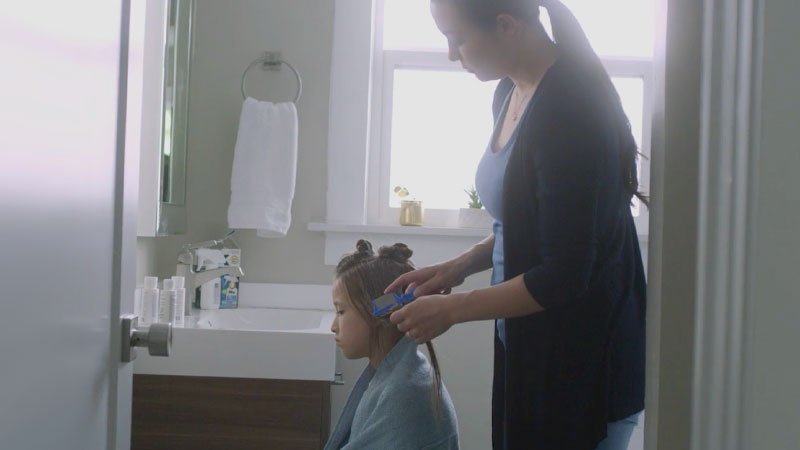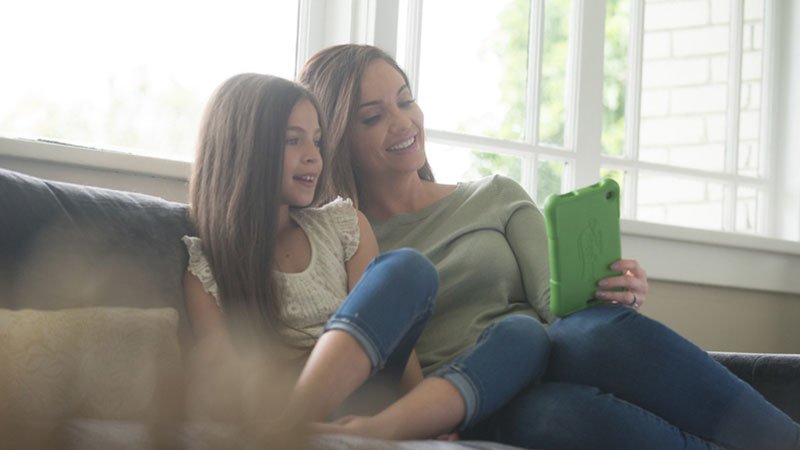Some 6-12 million people are afflicted with head lice each year, according to the Centers for Disease Control and Prevention. Many end up struggling with head lice for weeks, months, or even years. Why are head lice so difficult to get out of your life? Here are some of the most common reasons your head lice won’t go away and what to do about it:

1. Over-the-counter treatments don’t work. The resistance of head lice to the most popular drugstore products is well-researched and well-documented. The most recent report, issued in 2016, found that most lice in 48 states are now resistant to pyrethroids. These pesticide-resistant lice are called Super Lice.
2. Nitpicking is subject to human error. The most effective alternative to drugstore lice products has traditionally been nitpicking. This is the process of combing out live lice, then playing a daunting cat-and-mouse game with the lice eggs (nits). They are tiny—about the size of a sesame seed—and are attached with the insect equivalent of superglue to hair shafts. The problem is, if you miss even 2 tiny nits, they will hatch, then live lice will multiply again, and you’ll have a fresh infestation.

3. Failing to get every member of the household checked. Too often, parents assume that the child found to have lice at school or daycare is the only one with lice. That’s unlikely. Because lice are most likely to spread by direct head-to-head contact, it’s common for the entire family to contract head lice, including parents! If only one person in the family is checked and treated, the lice will likely come back to that person from another family member.
4. Home lice remedies are unproven at best, dangerous at worst. You can search the Internet for lice solutions and find mommy-bloggers and others that swear by home treatments like mayonnaise, petroleum jelly, olive oil, vodka, and even kerosene and hot bacon grease. The methods vary, but in general, this involves covering a child’s head with one of these substances overnight, which also means covering their head with some kind of plastic wrap. First, a child sleeping with plastic on their head risks suffocation. Second, substances like kerosene are highly flammable and should not be used.
5. Failing to tell your friends and family. Let’s face it – we are social creatures. If you have lice, you got it from SOMEONE. Which means someone you know already has it, and may not even know it (yep, half the time people with lice are asymptomatic). That means there is a chance, depending on how long you’ve had lice, that YOU’VE passed those bugs to someone else too. So the best thing to do, once you have identified and gotten rid of your lice, is to tell your circle of friends and family about it. By being open with them about lice, they can get screened and treated as well, if necessary.

Now the Good News
There are two surefire ways to rid anyone of head lice. First, is shaving the head of the person with lice. No hair, no lice! But that’s not going to go over well with most kids or adults. Now, however, there is the AirAllé® medical
device, cleared by the FDA and clinically proven to kill live lice and 99.2 percent of nits in a single session. The AirAllé® device uses only heated air to dehydrate lice and eggs—an ingenious approach that bypasses the hassles and risks of traditional treatments. The results are guaranteed for 30 days when all family members are checked for lice and all infested family members are treated.
The AirAllé® treatment is available exclusively at Lice Clinics of America treatment centers throughout the world. There are more than 200 clinics in the United States and about 100 in 30+ other nations. Lice Clinics of America is the largest and fastest-growing professional lice removal service in the world. Find a Clinic Near you.
Lice Clinics of America Medical Reference | Reviewed by Dr. Krista Lauer on September 20, 2019

